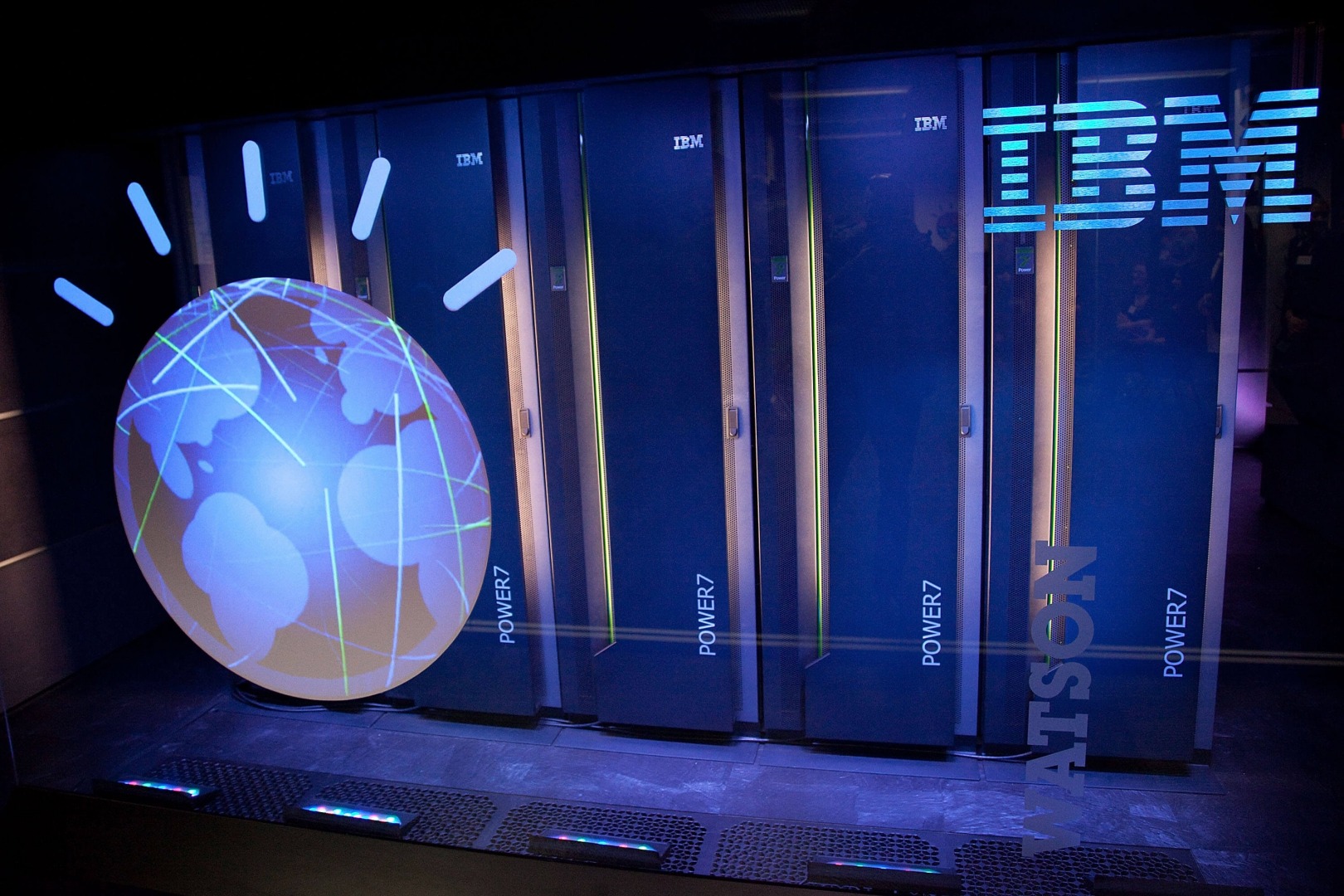Comments
- No comments found

IBM poured millions of dollars to revolutionise healthcare, but the experiment turned out to be far more difficult and time-consuming than expected.
IBM Watson is not living up to the hype, like other big tech Narrow AIs, which statistics-driven, non-real, black-box ML/DL platforms are no big use for real world applications, ending up over-promising and under-delivering.
On the surface, things do not look as bad as one might think. IBM’s Watson still enjoys #1 Ranking in IDC’s AI Market for 2020 market share; 70% of global banking institutions use Watson; 13 of the top 14 systems integrators use Watson. It has +100 million users “infusing Watson’s AI into their applications to make more accurate predictions, automate decisions and processes”.
But from a business perspective, Watson has failed to turn a profit for IBM, and the company is looking to sell Watson Health, while “IBM spent several billion dollars on acquisitions to build up Watson [Health], … a unit whose marquee product was supposed to help doctors diagnose and cure cancer … A decade later, reality has fallen short of that promise.”
IBM initially created Watson to be an AI tool capable of a wide variety of applications, starting with answering questions. In January 2011, Watson made headlines when it defeated previous Jeopardy champions on the popular television game show. After its triumph, IBM announced it would transition Watson for use in medical applications and promoted it as a major resource to help improve medical care and support healthcare professionals in making automated diagnoses.
IBM was overly ambitious and overreached with Watson Health and ended up over-promising and under-delivering.
Its Narrow AI was wrongly trained and developed primarily learning from synthetic cases, not real-life cases, without any explanation. Today’s Narrow/Weak ML/DL/AI can work well when there is uniformity and large data sets around simple correlations or associations.
So, IBM’s marketing campaign exceeded the product’s design capabilities, and its hype got ahead of the engineering.
Again, the same fate expects all the big tech fake/false AI/ML/DL, Google AI, Facebook AI, Amazon AI, Microsoft AI, etc., now following IBM to enter into the healthcare industry.
AI in healthcare involves ML/DL algorithms and software to mimic human cognition in the analysis, presentation, and comprehension of complex medical and health care data, approximating output-prediction-classification as conclusions based solely on extensive amounts of input data.
AI application fields in medical sciences include medical imaging, public health, genetics, drug discovery, or medical informatics.
The primary aim of healthcare narrow AI/ML/DL applications is to analyze statistical relationships between prevention or treatment techniques and patient outcomes.
The use of AI is predicted to decrease medical costs as there will be more accuracy in diagnosis and better predictions in the treatment plan as well as more prevention of disease.
Other future uses for AI include a Brain-Computer Interface (BCI), or neural control interface (NCI), mind–machine interface (MMI), direct neural interface (DNI), or brain–machine interface (BMI), which are predicted to help those with trouble moving, speaking or with a spinal cord injury. The BCIs will use AI to help these patients move and communicate by decoding neural activities, repairing or augmenting sensory-motor or cognitive functions.
Elon Musk presenting a surgical robot that uses the Neuralink brain chip
Many automobile manufacturers are beginning to use machine learning healthcare digital services in their cars.
Artificial intelligence has led to significant improvements in areas of healthcare such as medical imaging, automated clinical decision-making, diagnosis, prognosis, and more. Although AI possesses the capability to revolutionize several fields of medicine, it still has limitations and cannot replace a bedside physician.
A large part of the industry focuses on the implementation of AI in the healthcare sector as in the clinical DSSs or digital consultant applications or securing large health data sets. Greater health data lays the groundwork for implementation of healthcare AI algorithms.
For example, Tencent is working on several medical systems and services: AI Medical Innovation System (AIMIS), an AI-powered diagnostic medical imaging service; WeChat Intelligent Healthcare; and Tencent Doctorwork.
Again, ML/DL computers construct just statistical causal algorithms/programs from data designed for rote learning. Be it supervised learning, unsupervised learning, reinforced learning, multitask learning, rule learning, deep learning, latent representation, logical and relational learning, instance-based learning, probabilistic graphical models, bio-inspired approaches, classification and regression trees, support vector machines, or neural networks.
Such algorithms are different from human's thinking: (1) algorithms are static: once a goal is set, the algorithm learns exclusively from the input data and can only understand what it has been programmed to do, (2) most advanced deep learning algorithms are black boxes; algorithms can predict the future with great accuracy, they won’t say what will cause an event or why, offering no comprehensible explanation to its decisions aside from the data and type of algorithm used.
Given the medical AI state of affairs, a real/causal AI running causal algorithms is in great urgency here. Developing a mobile omniscient AI chatbot or knowing-all virtual assistant which gives insights to any questions as associated with healthcare, including deadly coronavirus, could be the first great step.
Leave your comments
Post comment as a guest